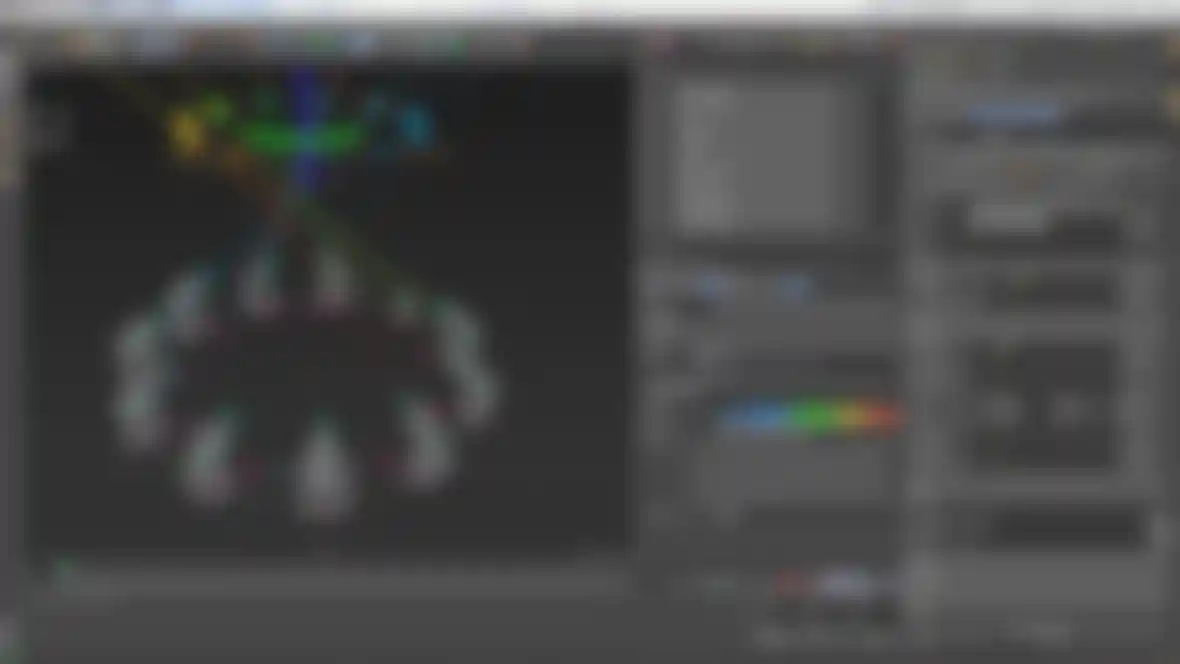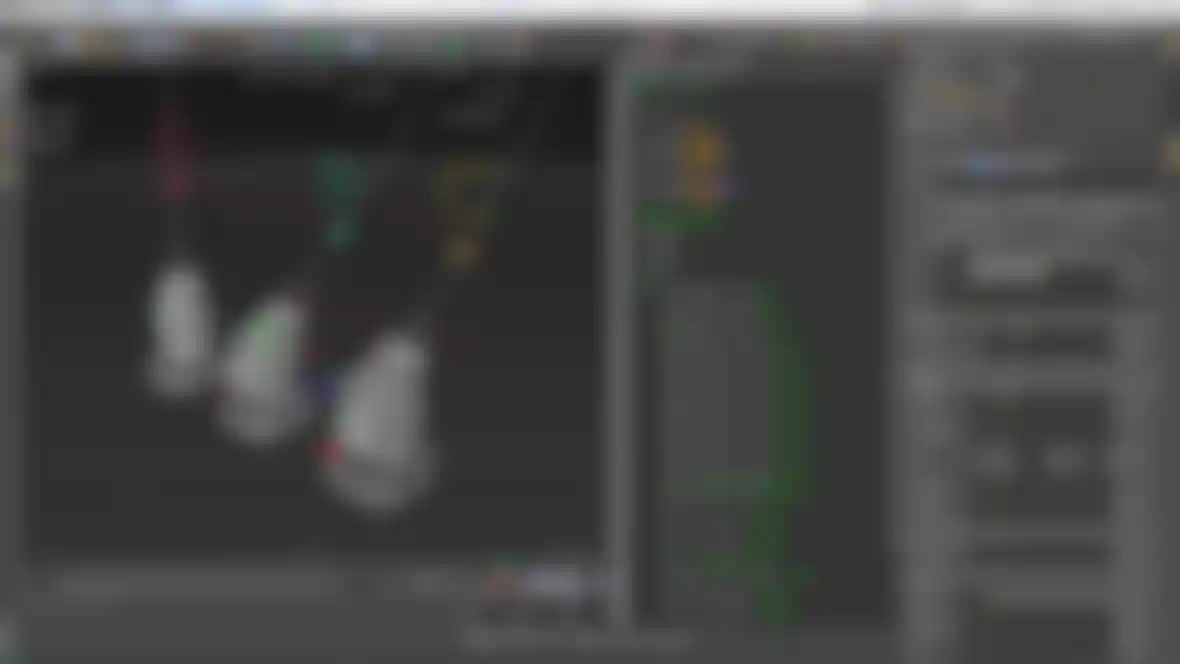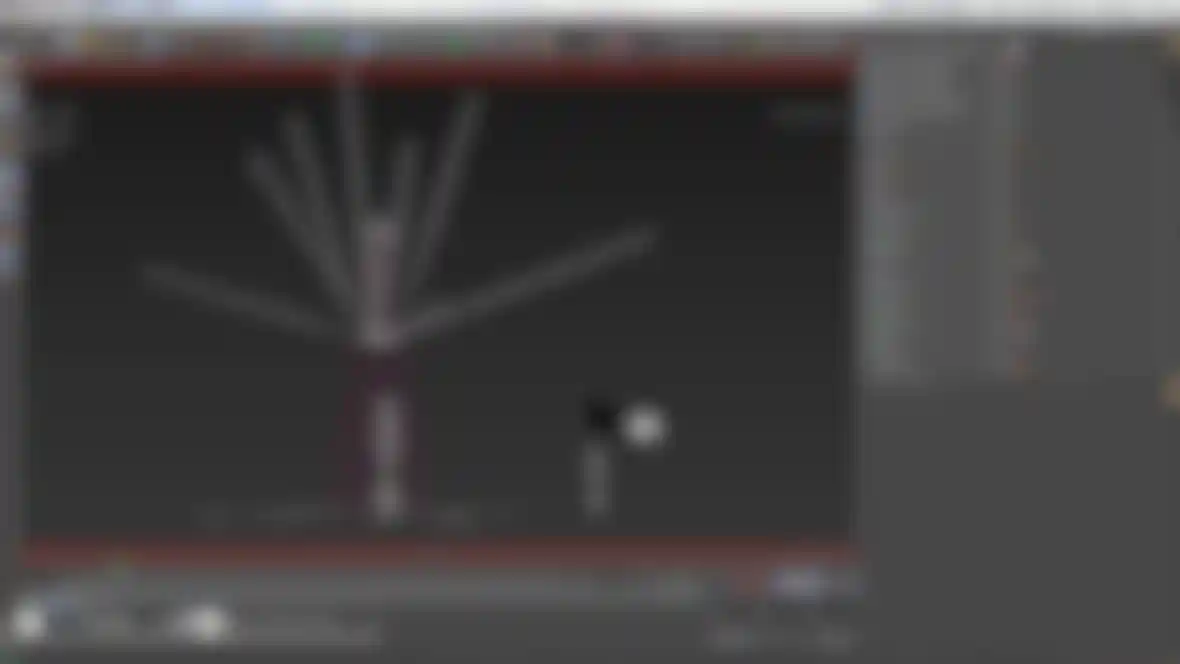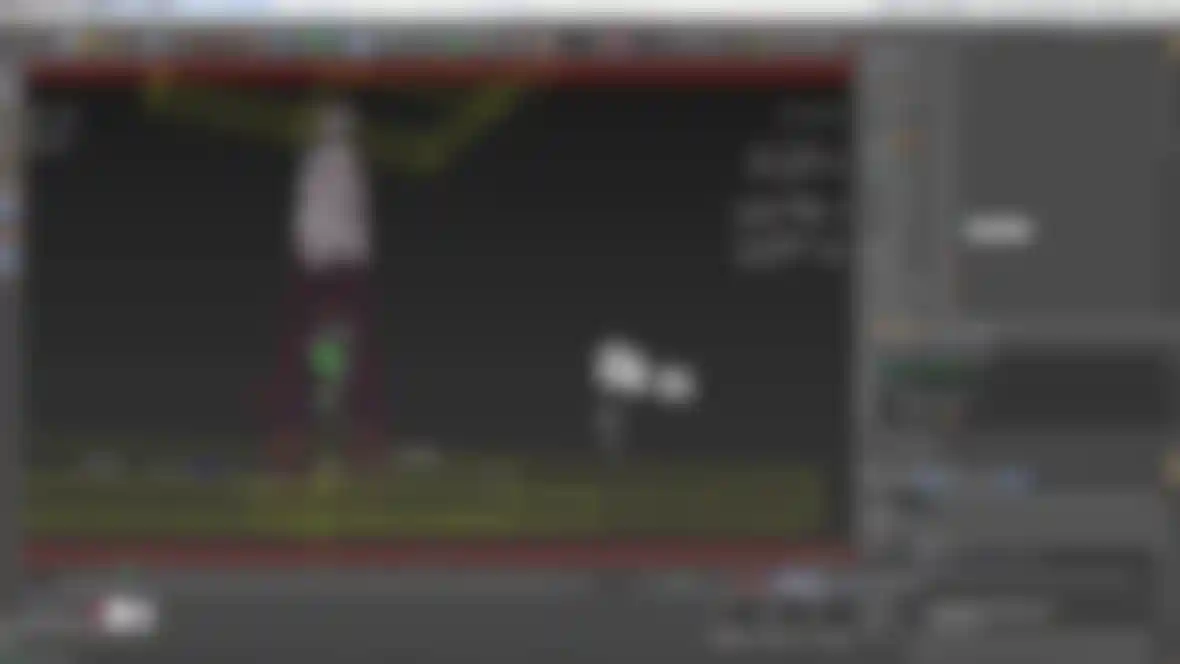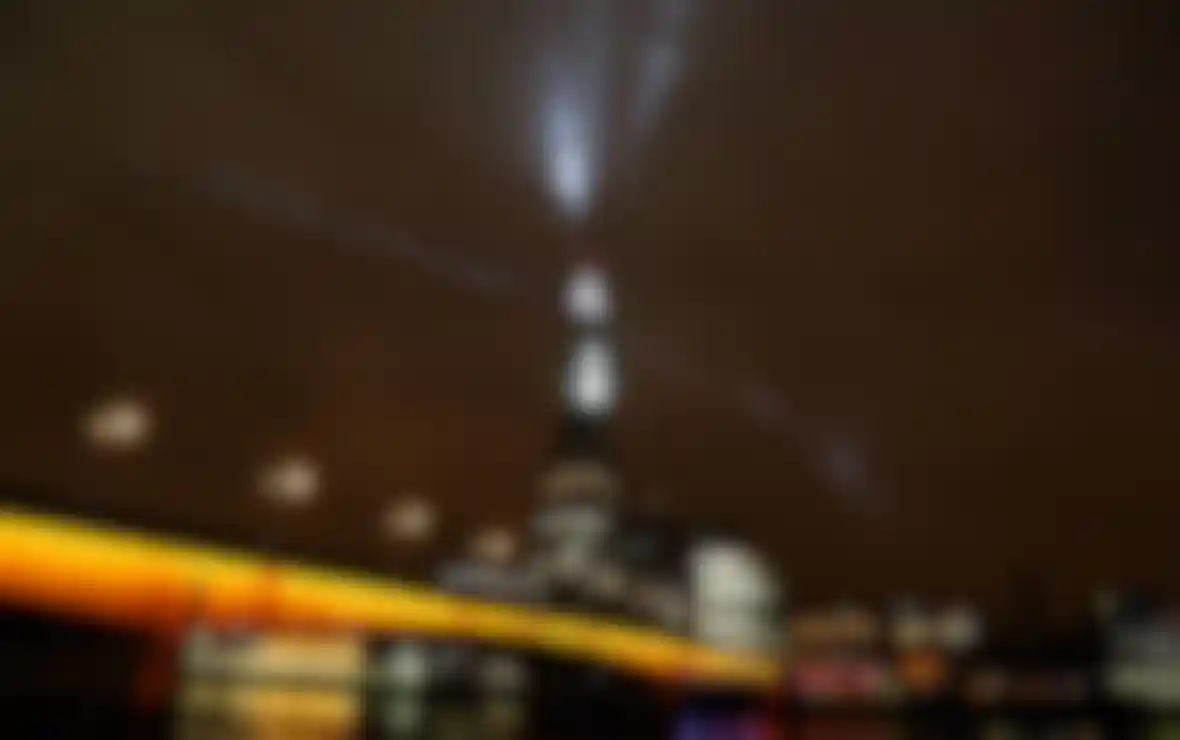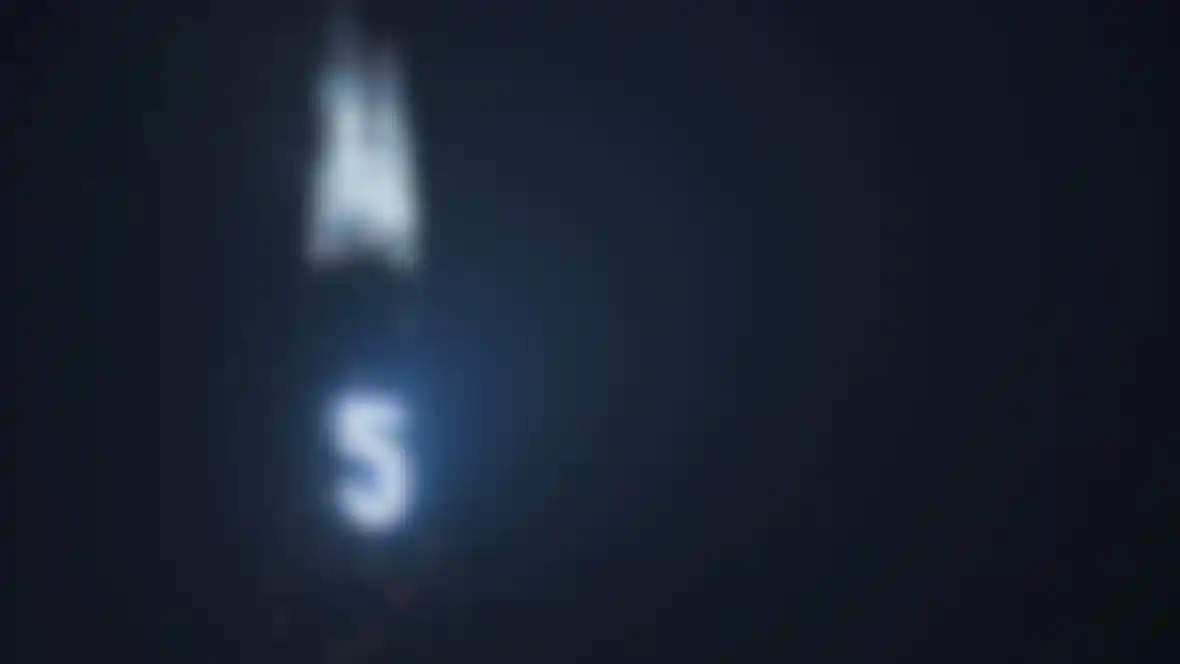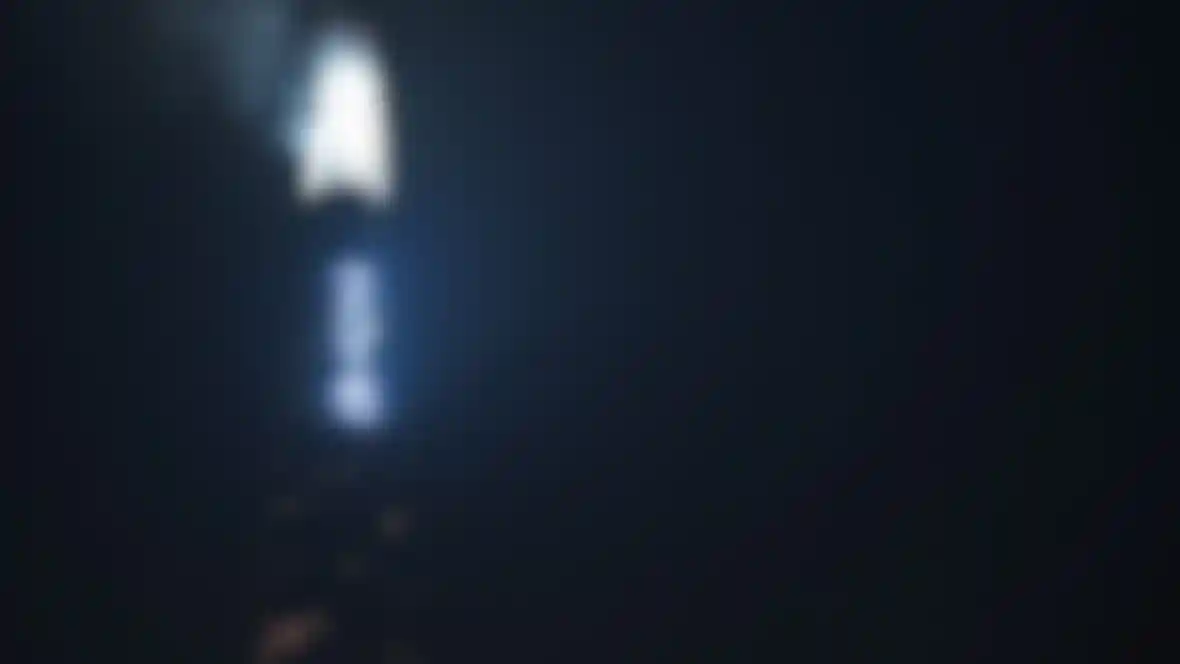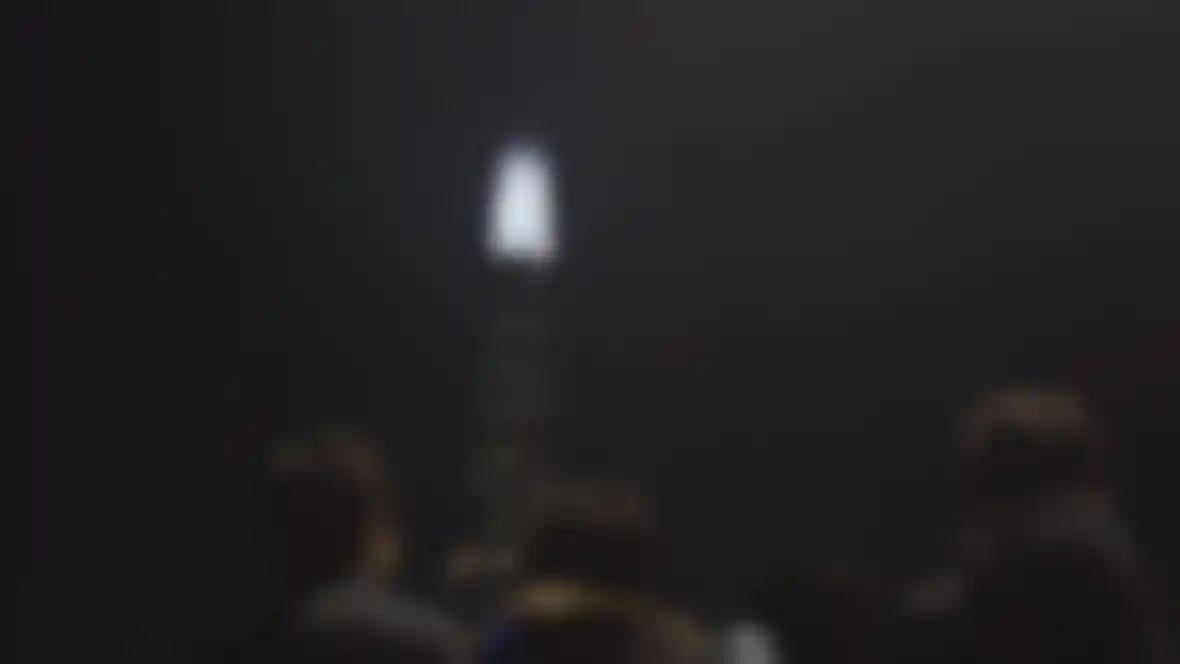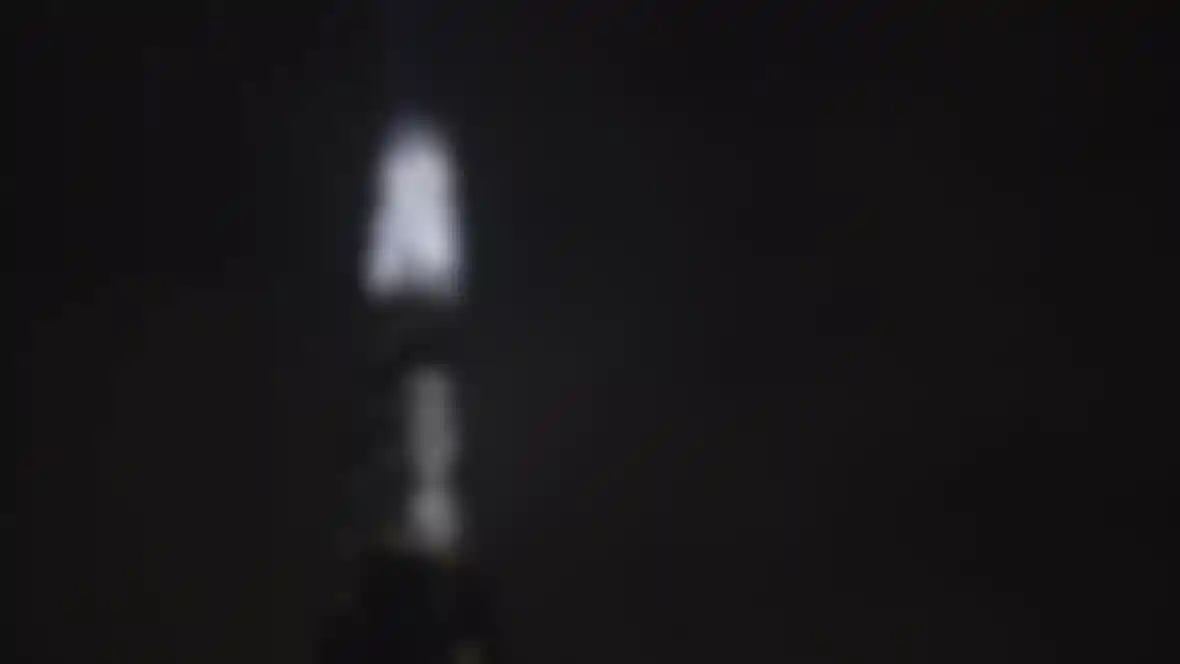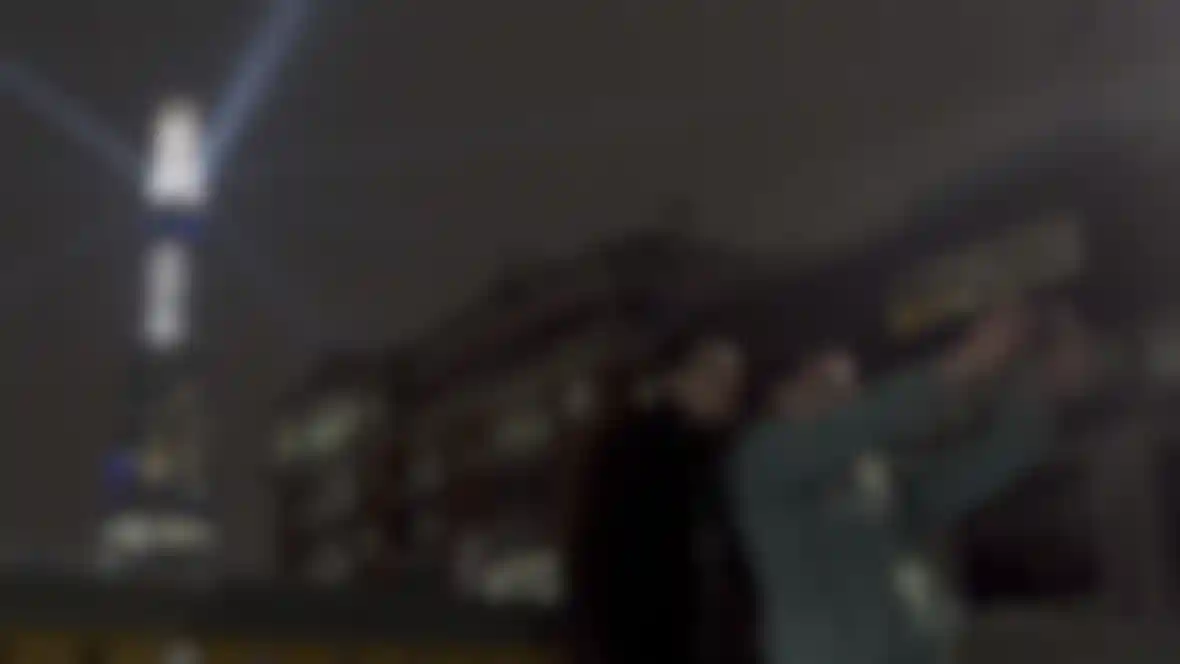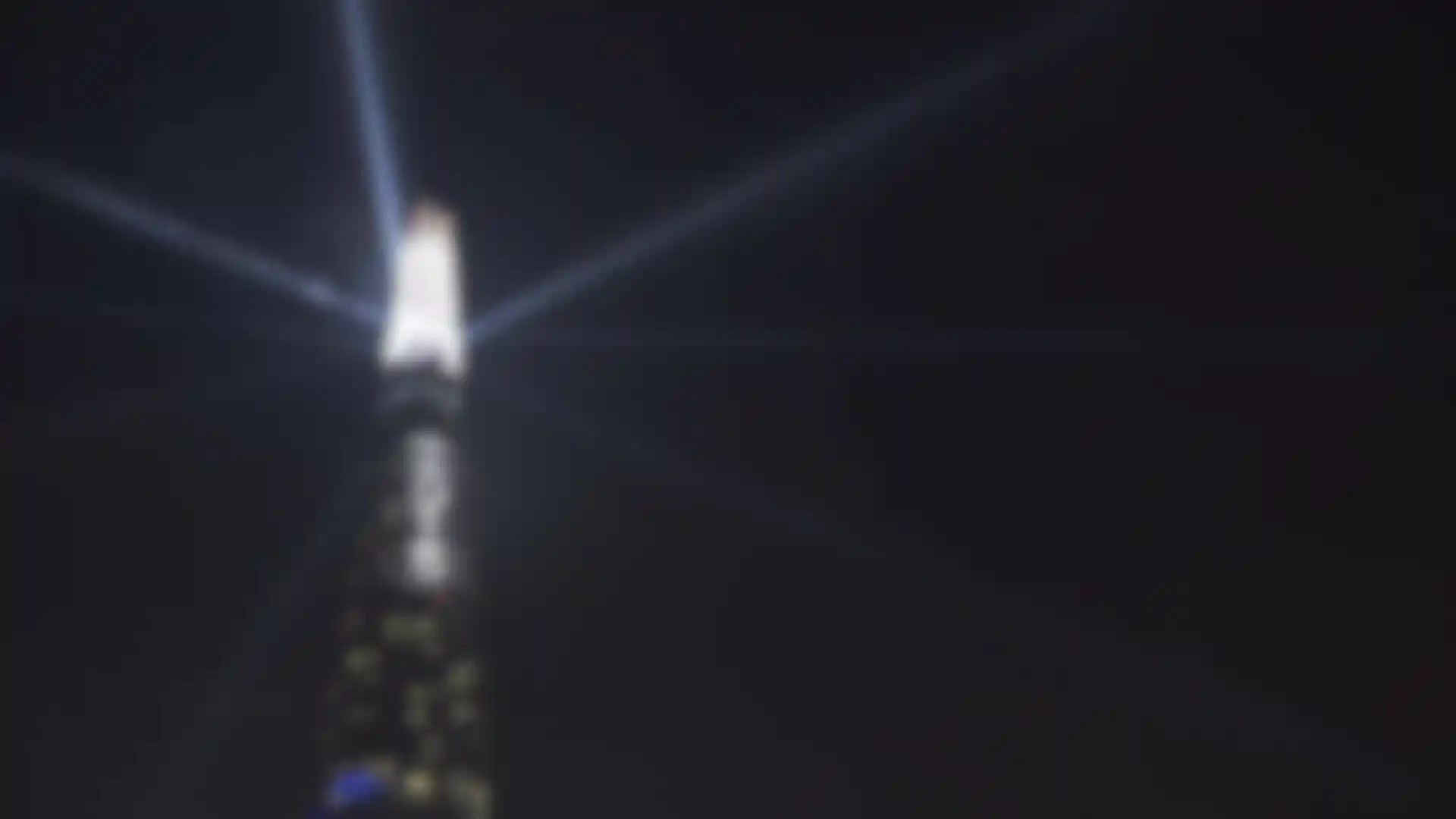
Tripping the Light Fantastic How Jason Bruges Studio used Cinema 4D to control the New Year's Eve lighting display at the top of The Shard.
To celebrate the advent of 2015, the developers of The Shard - the tallest building in Europe - wanted to turn the building's glittering spire into a work of art. To accomplish this they turned to Jason Bruges Studio, an award-wining art collective based in London, renowned for creating distinctive interactive installations.
Every evening from Friday 19th December until New Year's Eve, the spire of The Shard would come alive with a light show visible across the city, creating "a dynamic piece of public art designed to reflect and evoke the spirit and energy of London," says Adam Heslop, designer and visualizer at JBS.
The pixelated countdown to 2015 was back-projected through The Shard's apartment windows and timed to coincide with London's famous fireworks display. The celebration lighting comprised of layers of searchlights, sparkling strobes, a dynamic color wash and a huge 2015 numeric graphic.
To achieve the effect, the 'Shard Lights' project occupied the top 40 stories of the building and employed the very latest technologies, including volumetric projection into a mist contained within the spire, and use of the world's first IP65-rated moving head LED lamp. The 850W device, provided by entertainment company SGM, is fully weatherized, making it resistant to water and dust, and its 17,000 lumen rating makes it the brightest of any IP-rated light source. The actual installation was handled by Production Resource Group, which specializes in large-scale theatrical and stadium events.
A project of this scale provided the team at JBS with a number of unique hurdles, the first of which was actually visualizing it. "The main challenge was designing an installation for a skyscraper-sized canvas while sitting at a desk in the studio," explains Heslop. "It's difficult to realistically imagine how effects will look at that scale. Designing a lighting installation for a building made mainly from glass is not without its challenges either - so much transparency means lighting effects won't reflect off the surface and won't be seen. Therefore, designing around this and finding ways to create high-impact effects were a big part of the design process. In addition, we had to ensure that the effects could be seen from the foot of the building and right across the city."
It also didn't help that the team was given just three weeks to get the installation up and running. "Logistically, this was a gargantuan operation," Heslop adds, "getting a substantial amount of heavy lighting and networking equipment to the top of a busy mixed-use skyscraper, plugged in and working across 40 stories, being the main contributing factors."
As Heslop explains, one of the key problems was that it's difficult to assess a complex lighting rig in secret when it's perched on the top of an extremely tall building like The Shard. "In order to get a reasonable idea of how particular effects were going to look on the building, some physical prototyping was necessary," he says. "The most challenging environment for this was the spire of the tower. There was a very limited amount of time to test lots of different lighting effects with a range of different products. The logistics of getting the heavy hardware to the top of a busy skyscraper is just part of that challenge. Knowing this and needing to work in the hours of darkness meant a very small testing window."
So far, so fascinating, but where does Cinema 4D fit into all this? Well, as with many of its installations (such as the Coca-Cola 'Beatbox' which the studio helped create for the 2012 London Olympics), it uses Cinema 4D to assist in visualizing and then operating the various complex mechanisms using XPresso or Python rigs.
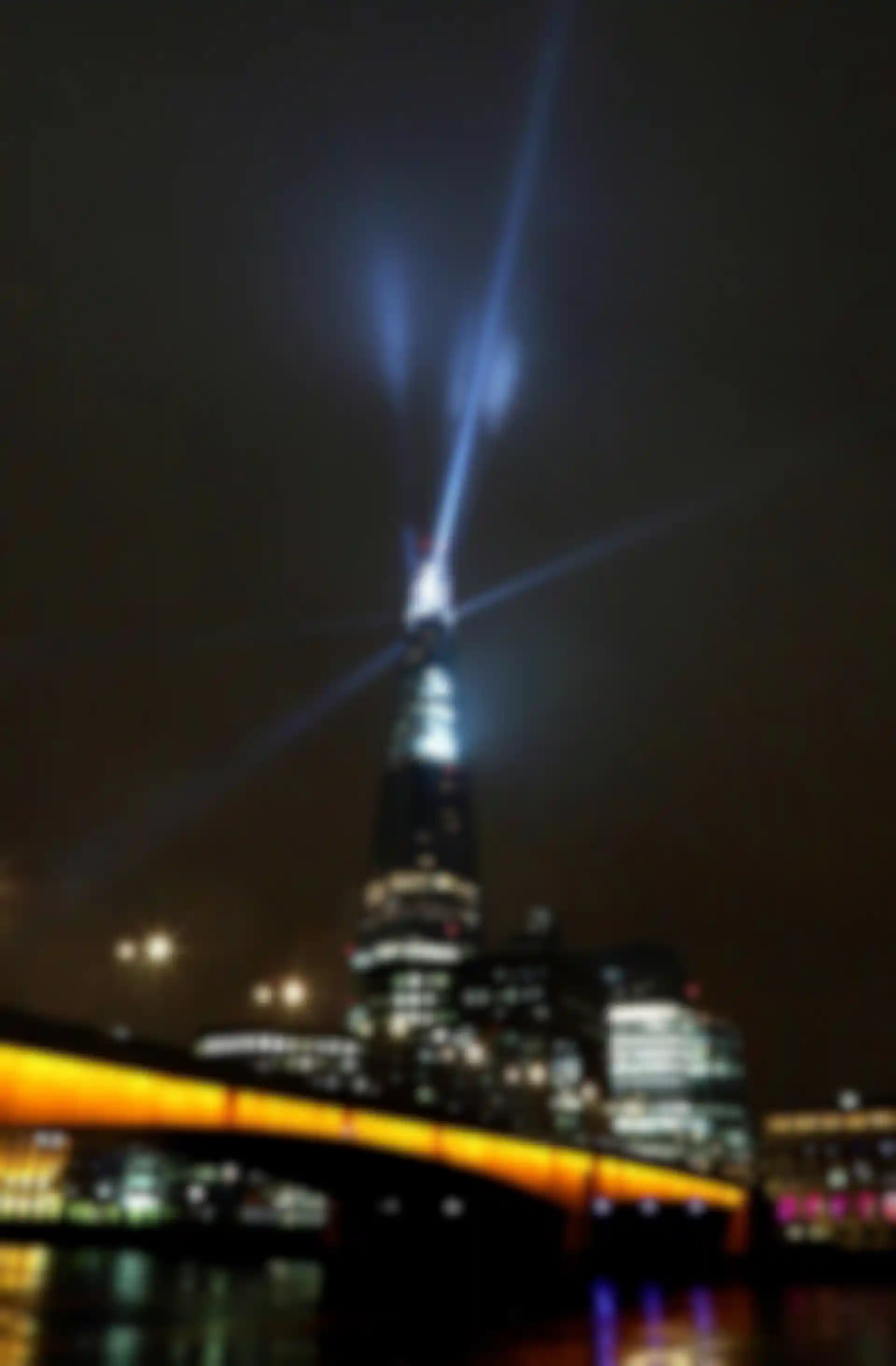
Pre-visualization proved a vital aspect of the project in order to provide the client with an idea of what JBS could achieve and how it would look on the day. Once the scope of the project had been determined, the lighting effects had to be designed and accurately simulated since JBS didn't have the time to test every element before it went live. "Cinema 4D's camera calibration tag on photo backplates of the building proved useful," states Heslop. "As potential effects came in and out of the scope, render layers of the effects could be directly composited and layered onto the building visual."
The physical lighting rig used a number of moving head stage lights, offering automated targeting plus a wide range of colors, gobos and various other lighting effects. "This is where I saw the opportunity to use and develop further a Cinema 4D Python plugin that I'd been working on at the studio," says Heslop. "The plugin is a prototype that has the ability to control these moving head light fixtures and all of their features in real-time over a network. It uses Cinema 4D targets and constraints to tell the lights where they should be facing in the real world, while MoGraph matrix arrays were used for driving color and the rest of the features. Making the lights fully compatible with the MoGraph module was great as additional Python Effectors could be written and tiled over the top as in a traditional MoGraph setup."
Heslop's plugin calculates the information needed for every object on the network and sends the data using DMX, a lighting control protocol used in the entertainment industry. As objects are moved in Cinema 4D the lighting fixtures respond accordingly.
"The animations that would eventually be driving the lights were created in a separate Cinema 4D model. This was a simplified setup where the effects could be clearly viewed as a set of MoGraph matrices. The matrices were arranged on a minimal 3D model of The Shard, and the color value of each represented a light source. Controlling the light matrices involved a set of custom Python Effectors, which were designed specifically for this project."
Once the lighting choreography was worked out, the final sequences were exported as a series of low-resolution animations. These were then loaded into an external control system and acted as a pixel map, regulating the brightness and color of the lights. "As the effects were being designed three-dimensionally, a workaround had to be generated for converting MoGraph data into the 2D pixel map. For this a special effector was written to port values from one MoGraph Generator to another. The second Generator was a cloned square plane that, when rendered in an orthogonal viewport, exactly matched up with the pixel-mapped values. This, in addition to a Python helper for changing cameras and render settings, speeded up workflow substantially."
Despite the short deadline and the difficulties in testing a lighting system in secrecy, nearly 1,000 feet in the air, JBS successfully completed the challenge and 2014's New Year's Eve celebration went off without a hitch. "Seeing the searchlights being turned on for the first time and seeing the city sky completely changed was certainly very memorable," declares Heslop.
Jason Bruges Studio Website:
www.jasonbruges.com
